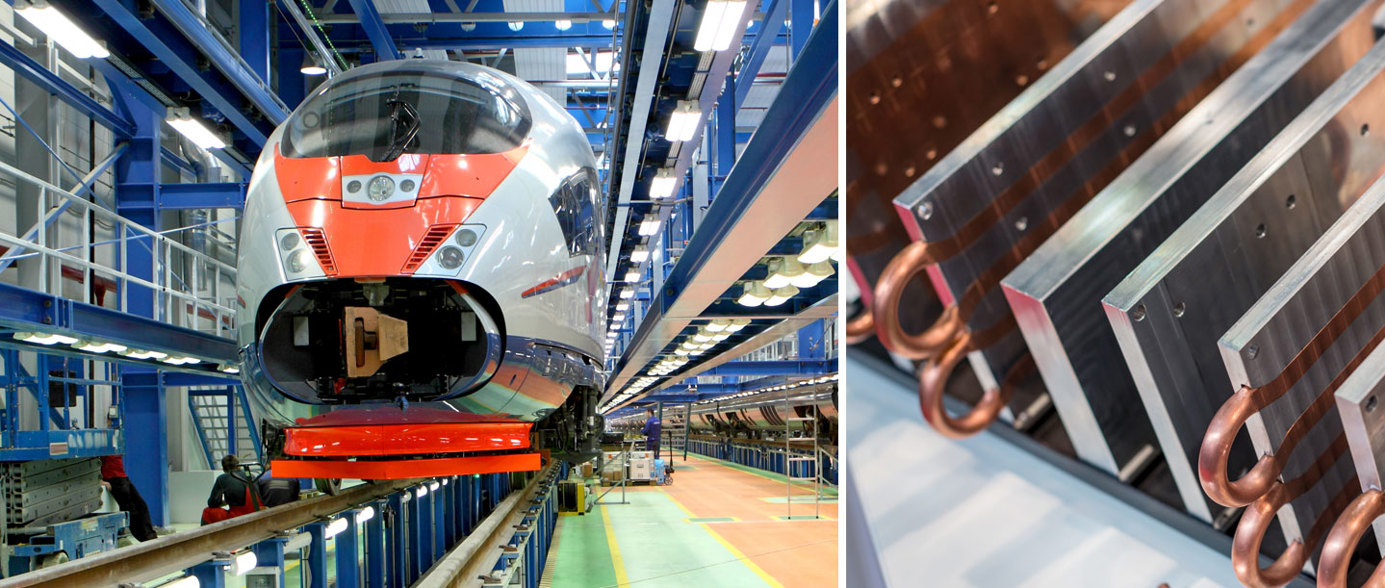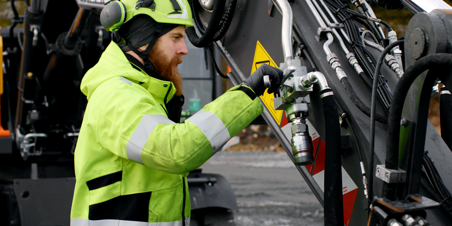5 Key Requirements for Quick Couplings in Liquid Cooling Systems

Five important features to consider when choosing the right quick-connect coupling for your liquid cooling applications.
1. Optimal flow with low pressure drop
Maintaining the optimal flow through the liquid cooling system is one of the most important factors. The components should cause as little pressure drop as possible or this will put extra stress on the pumps. Each component's pressure drop adds up. Using optimised components with the lowest possible pressure drop, you might even be able to use a smaller pump and save both investment costs and energy.
2. Non-drip (also non-spill, dry-break and clean-break)
Most of the time, water and electronics do not mix. The consequences can be devastating. You should always go for non-drip quick couplers, designed for clean connection and disconnection. Uptime is an important KPI for any electronic system. Whenever a part breaks down, it needs to be replaced as quickly as possible. With non-drip quick-connect couplings you can work with pre-filled systems that will make replacement in the field much faster.
3. Compact outer dimensions
The less space that an electronic installation occupies, the more value it offers. If it is a server rack, you might be able to fit more servers in an already crowded server room. In a high-speed train, you could fit more seats. The heat capacity of water is 3,500 times greater the same volume of air. The breakeven point for investing in liquid cooling compared to conventional air cooling might be closer than you think. Space is money - including in electronic installations.
4. Long-term reliability
One challenge to the reliability of many non-drip couplers is when they have not been used in a long time. Sometimes the shut-off valves no longer operate as smoothly and there might be a risk of leaks even if the coupling is well within its expected lifetime. Make sure that the couplings are tested for both frequent and infrequent use and that you are working with a supplier with a wealth of experience in reliable quick connect solutions.
5. Compatible materials
Do not combine different materials. Avoid mixing cold plates, tubing and quick couplings made of different materials. Using components made of different materials could cause problems with galvanic corrosion. The quality of the cooling fluid also plays an important role to ensure a stable cooling system. The cooling fluid needs to be compatible with the seal material to ensure a long service life and leak-free operation.
Quick Connect Couplings:
A Critical Component in Liquid Thermal Management Solutions
Related Stories

Step-by-step guide: How to change the seal on CEJN TLX coupling
Using products that last is a sustainable choice for both the wallet and the planet. Rather than disposing of a product once it reaches the end of its service life, we offer a wide range of spare...

Step-by-step guide: How to install CEJN TLX on hydraulic attachments
In heavy-duty applications, the failure of quick-connect couplings often comes from high surge flows. These surges can lead to seal failures and machine damage, resulting in costly leakages and machine downtime. CEJN TLX is a super-duty coupling solution specifically designed to withstand the...

Compressed air optimisation: 5 common leak sources in compressed air systems
Compressed air systems offer a versatile and efficient power source within many industries. High reliability and a favourable cost/performance ratio have kept the compressed air solutions a top...